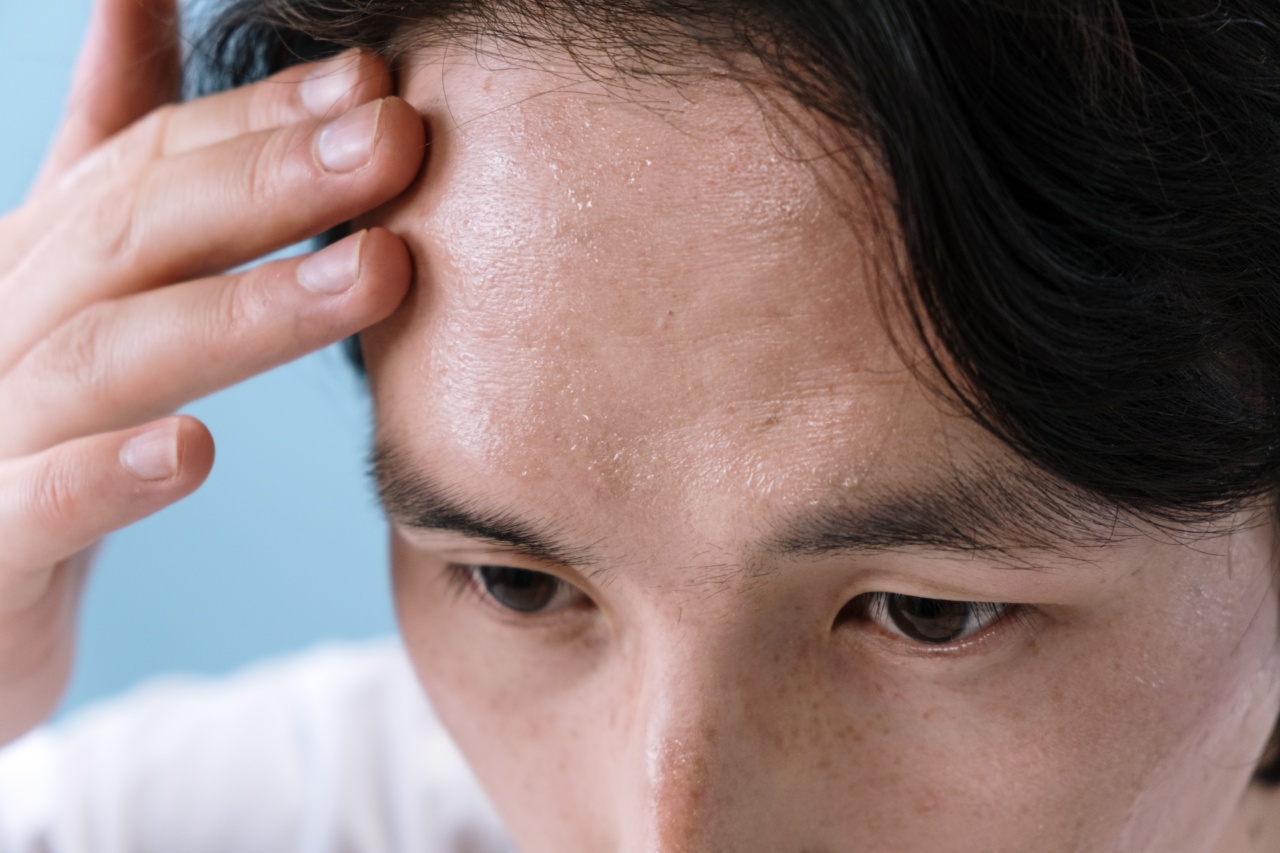Hematocrit refers to the measurement of the proportion of red blood cells (RBCs) in the blood. It is an essential component of a complete blood count (CBC), which provides valuable information about the overall health and functioning of the blood.
Low hematocrit levels, also known as anemia, can lead to a range of symptoms and indicate potential health problems. In this article, we will discuss the common symptoms associated with a low hematocrit, as well as the causes, risk factors, and treatment options.
1. Fatigue and Weakness
One of the primary symptoms of a low hematocrit is persistent fatigue and weakness. Red blood cells are responsible for carrying oxygen from the lungs to the body’s tissues and organs.
When the hematocrit drops below the normal range, the body may not receive adequate oxygen supply. As a result, individuals with low hematocrit often feel tired, exhausted, and lacking in energy.
2. Shortness of Breath
Due to the reduced oxygen-carrying capacity of the blood caused by low hematocrit levels, individuals may experience shortness of breath even with minimal physical exertion.
The body compensates for the lack of oxygen by increasing the respiratory rate and heart rate, resulting in breathlessness.
3. Pale Skin and Nail Beds
A low hematocrit can cause a pale or washed-out appearance in the skin and nail beds. As the blood lacks a sufficient number of red blood cells, which carry the pigment hemoglobin, the skin may lose its natural color and appear paler than usual.
Similarly, the nail beds may turn pale or slightly bluish.
4. Rapid Heartbeat
In an attempt to compensate for the lower oxygen levels, the heart may pump faster, leading to a rapid heartbeat or palpitations. This can result in a sensation of the heart pounding or racing, even during rest or minimal physical activity.
5. Dizziness and lightheadedness
Low hematocrit levels can cause reduced blood flow to the brain, resulting in dizziness and lightheadedness. These symptoms often occur when standing up quickly or changing positions, as the body struggles to maintain adequate blood pressure.
6. Cold Hands and Feet
Inadequate oxygenation caused by low hematocrit can lead to poor blood circulation, particularly in the extremities. This can cause hands and feet to feel cold to the touch, even in warm environments.
Additionally, individuals may experience numbness or tingling sensations in their fingers and toes.
7. Headaches
As the brain receives insufficient oxygen due to low hematocrit levels, individuals may experience frequent headaches. These headaches can range from mild to severe and may be accompanied by other symptoms such as dizziness or blurred vision.
8. Brittle Nails and Hair Loss
Low hematocrit can also affect the health of nails and hair. Nails may become brittle and prone to breakage, while hair may become thin and experience increased shedding.
These changes occur due to the reduced nutrient and oxygen supply to the hair follicles and nail beds.
9. Chest Pain
In some cases, individuals with low hematocrit may experience chest pain or discomfort. This can occur due to the increased workload on the heart as it tries to compensate for the lack of oxygen-carrying capacity.
It is important to seek medical attention if chest pain occurs, as it can be a sign of a more serious underlying condition.
10. Pale Mucus Membranes and Tongue
Examination of the oral cavity can reveal pale mucus membranes, including the inner lining of the mouth and gums, in individuals with low hematocrit. The tongue may also appear pale, indicating reduced blood flow and oxygen supply to these areas.
Summary
A low hematocrit, or anemia, can manifest with various symptoms, including fatigue, weakness, shortness of breath, pale skin and nail beds, rapid heartbeat, dizziness, cold hands and feet, headaches, brittle nails and hair loss, chest pain, and pale mucus membranes and tongue. These symptoms indicate that the body is not receiving an adequate supply of oxygen. If you experience any of these symptoms, it is essential to consult with a healthcare professional to determine the underlying cause and receive appropriate treatment.




























